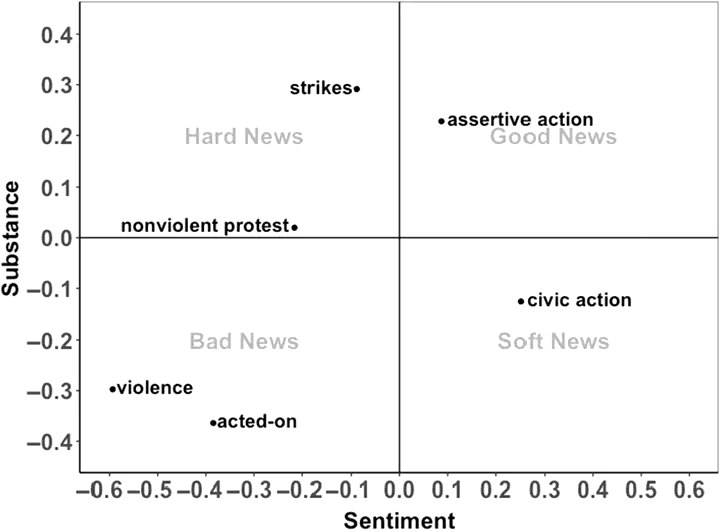Beyond the Protest Paradigm: Four Types of News Coverage and America's Most Prominent Social Movement Organizations

Abstract
What determines the quality of coverage received by social movement organizations when they appear extensively in the news? Research on the news coverage of social movement organizations is dominated by case studies supporting the protest paradigm, which argues that journalists portray movement activists trivially and negatively when covering protest. However, movement organizations often make long-running news for many different reasons, mainly not protest. We argue that some of this extensive news will lead to worse coverage—in terms of substance and sentiment—notably when the main action covered involves violence. Extensive coverage centered on other actions, however, notably politically assertive action, will tend to produce good news in these dimensions. We analyze the news of the twentieth century’s 100 most-covered U.S. movement organizations in their biggest news year in four national newspapers. Topic models indicate that these organizations were mainly covered for actions other than nonviolent protest, including politically assertive action, strikes, civic action, investigations, trials, and violence. Natural language processing analyses and hand-coding show that their news also varied widely in sentiment and substance. Employing qualitative comparative analyses, we find that the main action behind news strongly influences its quality, and there may be several news paradigms for movement organizations.